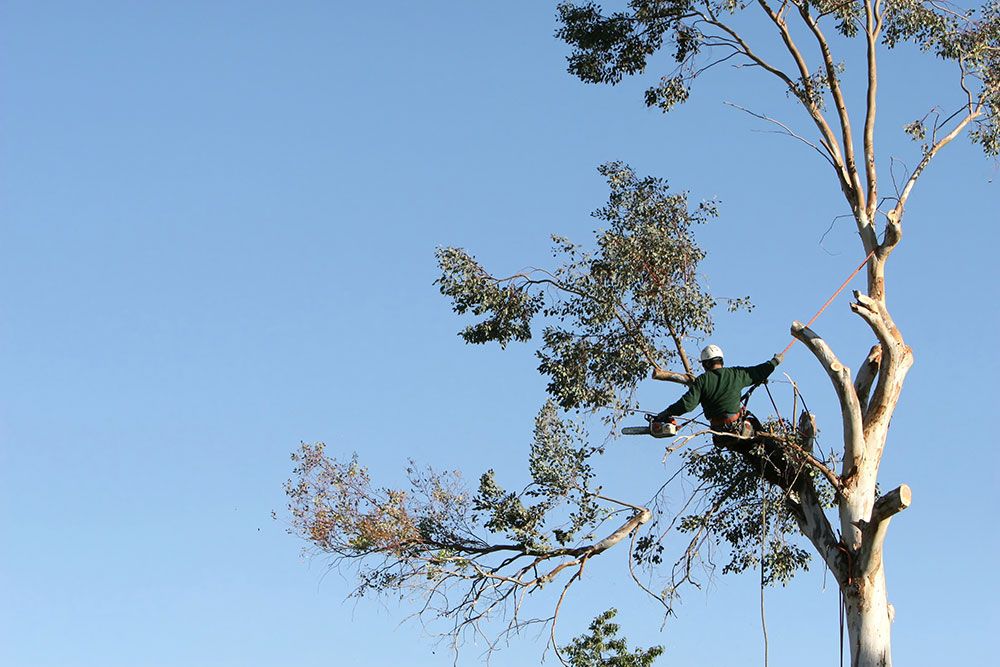Topping is an extreme form of pruning a tree. In topping, the tree’s height is drastically reduced either by cutting the main trunk at a certain height or by removing large limbs. The practice has many practical applications such as coppicing or pollarding, two practices used in the wood harvesting industry. However, topping a residential tree is rarely a necessary course of action.
Misconceptions about topping
The first thing you should know about topping is that we don’t generally recommend it at Vintage Tree Care. Topping is most often used as a last resort, once all other options have been exhausted. There are some common misconceptions about topping trees that lead some people to believe topping is a good course of action. The first is that it reduces the mess of leaves that the tree makes. This is true only for a limited time and at the risk of the tree’s life. The new shoots that grow from the topped tree often grow in faster and fuller than before, leaving you with even more leaves to deal with.
Another misconception is that it always reduces the risk of the tree falling over. This isn’t true, as topping can result in increased risk because of unbalanced weight. Further, a tree may not be at risk of falling over even if it appears to be at first. Only a certified arborist can determine for sure if there are undeniable signs of structural weakness that could lead to collapse. If you think your tree may need to be topped, always consult a certified arborist first. There may be a multitude of other options available that are much safer for the tree.
Topping is a dangerous last resort
Topping any tree can result in severe stress damage and can also lead to the death of the tree. For many reasons, topping can be extremely dangerous to the health of a tree. For starters, topping generally removes a very large portion of the tree’s leaves. A tree without the ability to sustain itself through photosynthesis will eventually starve to death. Topping also leaves a tree susceptible to sun scald, bark damage, and decay-causing organisms, which can eventually lead to the death of the tree. The new growth that comes as a result of topping is also highly susceptible to insects and pathogens, as is the stub that was left behind from the cut.
Remember, always consult a certified arborist before proceeding to top a tree. Topping is not only dangerous for the tree, but dangerous for the person doing the cutting and also for property around the tree. Whenever possible, it’s best to leave topping to a professional. Vintage Tree Care has certified arborists that can help you make the best decision with regard to the health of your trees.
The comments are closed.



No comments yet